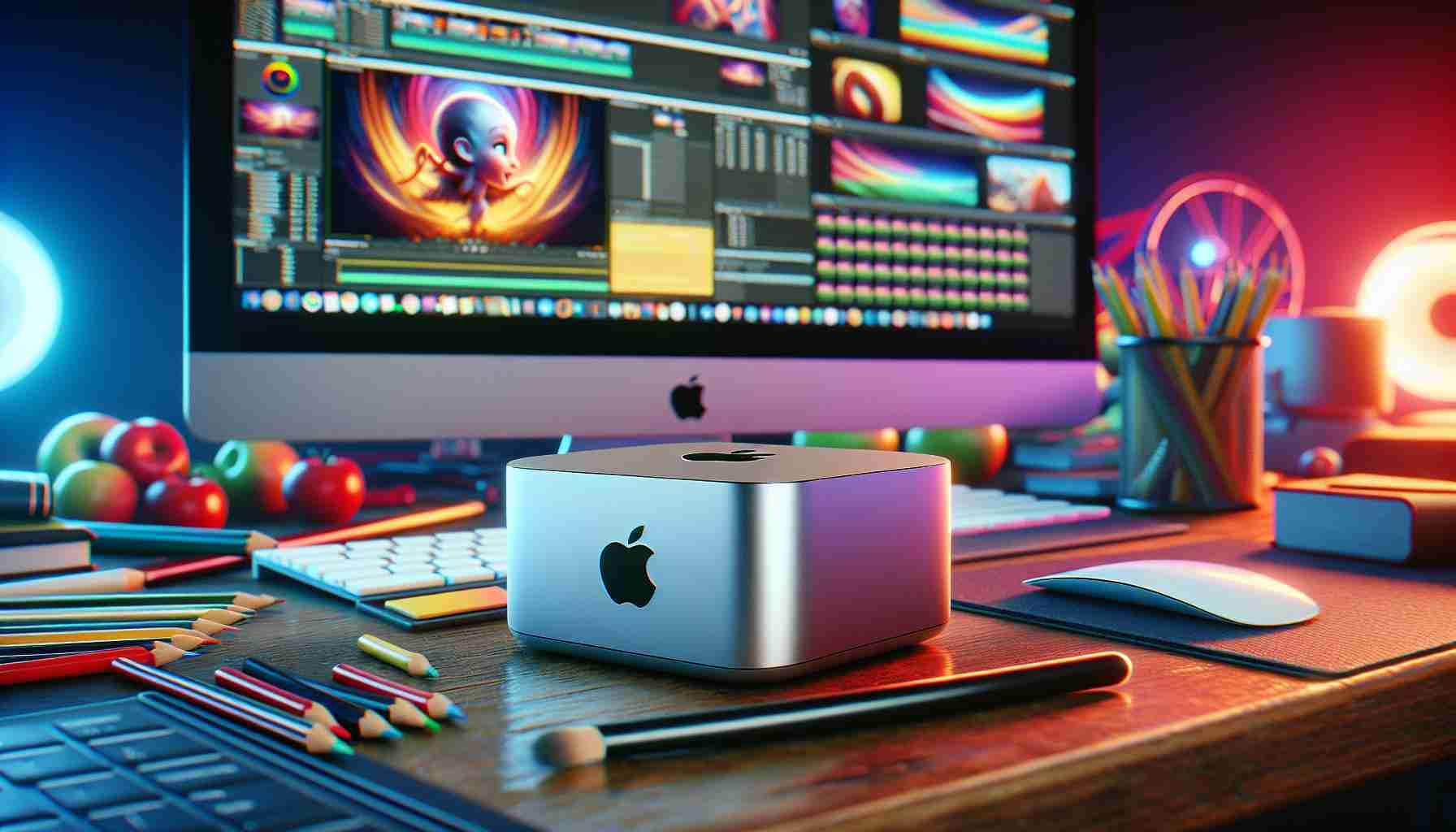In the world of digital creativity, the choice of hardware can significantly influence workflow efficiency. A newcomer to the field of 2D animation is curious about the performance capabilities of the Mac Mini, particularly in relation to software like DaVinci Resolve. **As a compact yet powerful machine, the Mac Mini presents an interesting option for animators and video editors alike.**
The Mac Mini is equipped with powerful processors and integrated graphics, making it a strong contender for handling 2D animation tasks. **Its efficient architecture allows for smooth playback and editing, which is crucial during the post-production phase.** Creatives looking to enhance their output can benefit from more RAM and faster storage options, which directly impact rendering times and overall performance in DaVinci Resolve.
**For optimal performance, selecting configurations with at least 16GB of RAM and SSD storage can make a notable difference in how seamlessly animations are crafted and edited.** Additionally, utilizing external displays can enhance workflow by providing more screen real estate for intricate animation tasks.
**Feedback from fellow users suggests that while the Mac Mini may not be as potent as some high-end workstations, it is a valuable tool for budding animators or anyone operating on a budget.** By carefully choosing specifications and optimizing software settings, animators can effectively use the Mac Mini to bring their creative visions to life.
Exploring the Mac Mini for 2D Animation and Video Editing: A Comprehensive Overview
In recent years, the Mac Mini has emerged as a compelling option for creatives focusing on 2D animation and video editing. While its compact size and price point make it appealing, it’s essential to delve deeper into its capabilities and limitations for these specific tasks. This article aims to explore the Mac Mini’s features in more detail, addressing important questions and key challenges faced by users.
What Makes the Mac Mini Suitable for 2D Animation and Video Editing?
The Mac Mini combines a powerful Apple silicon chip with a compact design, making it attractive for artists and editors who require efficient processing without a bulky setup. With the introduction of the Apple M1 and M2 chips, the Mac Mini boasts enhanced performance, particularly in handling demanding software like Adobe After Effects and Final Cut Pro, along with DaVinci Resolve.
Key Challenges and Controversies
One major concern for users is the limited upgradeability of the Mac Mini, especially regarding RAM and internal storage. Once purchased, users cannot upgrade these components later on. Furthermore, while the integrated graphics are capable, they may struggle with more intensive 3D rendering tasks, which could limit some users involved in more advanced animation or video editing projects.
Advantages of Using the Mac Mini for 2D Animation and Video Editing
1. **Affordability**: Compared to high-end Macs and workstations, the Mac Mini is budget-friendly, making it accessible for students and new professionals entering the field.
2. **Compact Form Factor**: Its small size allows for efficient use of space in home studios, providing flexibility for setup.
3. **Energy Efficiency**: Apple’s silicon chips are designed to maximize performance while consuming less power, which can lead to reduced energy bills over time.
4. **Software Support**: The Mac Mini is compatible with a wide range of creative software, including industry-standard applications, ensuring users have the tools necessary for their projects.
Disadvantages of Using the Mac Mini
1. **Limited Graphics Capability**: While it can handle 2D tasks well, its integrated graphics may not be sufficient for projects that require intensive 3D effects or high-end visual effects.
2. **Non-Upgradable Components**: Users should carefully choose their specifications at the time of purchase, as they cannot easily upgrade RAM or storage later.
3. **Thermal Throttling**: In cases of prolonged heavy use, the compact design may lead to overheating, causing the system to throttle performance to cool down.
FAQs About the Mac Mini in Video Editing and Animation
**1. What configuration is best for 2D animation on the Mac Mini?**
For optimal performance, creatives should consider a configuration with at least 16GB of RAM and a high-capacity SSD. Users should also look into models with the M2 chip for enhanced processing power.
**2. Can the Mac Mini handle 4K video editing?**
Yes, the Mac Mini can handle 4K video editing, especially with the M2 chip. However, for intensive projects, users might need to manage other aspects of their workflow, such as choosing appropriate rendering settings.
**3. Is it worth using an external GPU with the Mac Mini?**
While the Mac Mini doesn’t facilitate external GPU connections natively, creative professionals can enhance their experience using software that optimizes the performance of the integrated graphics.
Conclusion
The Mac Mini presents an attractive option for 2D animation and video editing enthusiasts. While there are certain limitations, its affordability and performance capabilities make it a valuable tool for those starting in the creative field. By understanding the advantages and disadvantages, users can make informed decisions that align with their specific needs.
For further details on the Mac Mini and hardware choices for creatives, visit Apple’s official page.
The source of the article is from the blog krama.net
